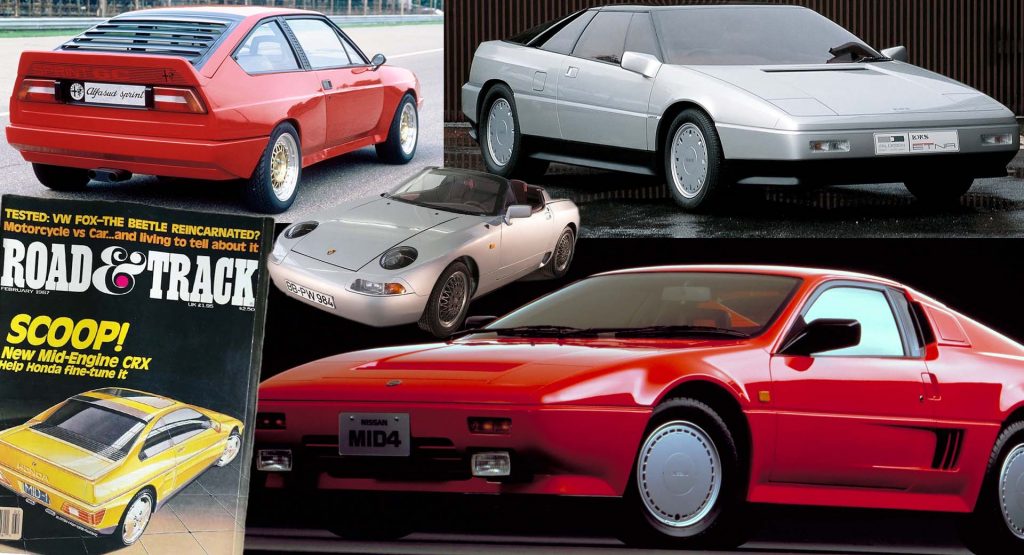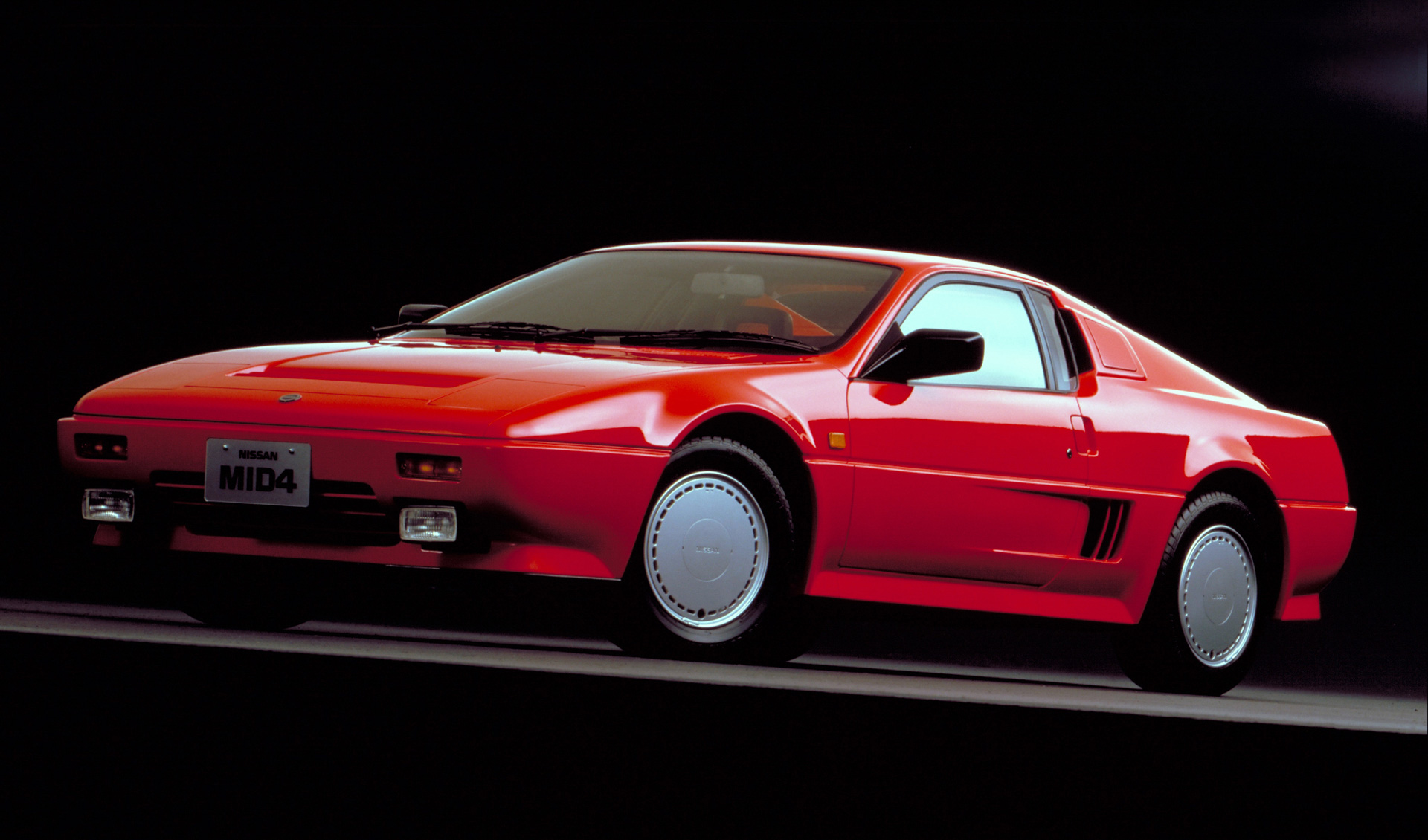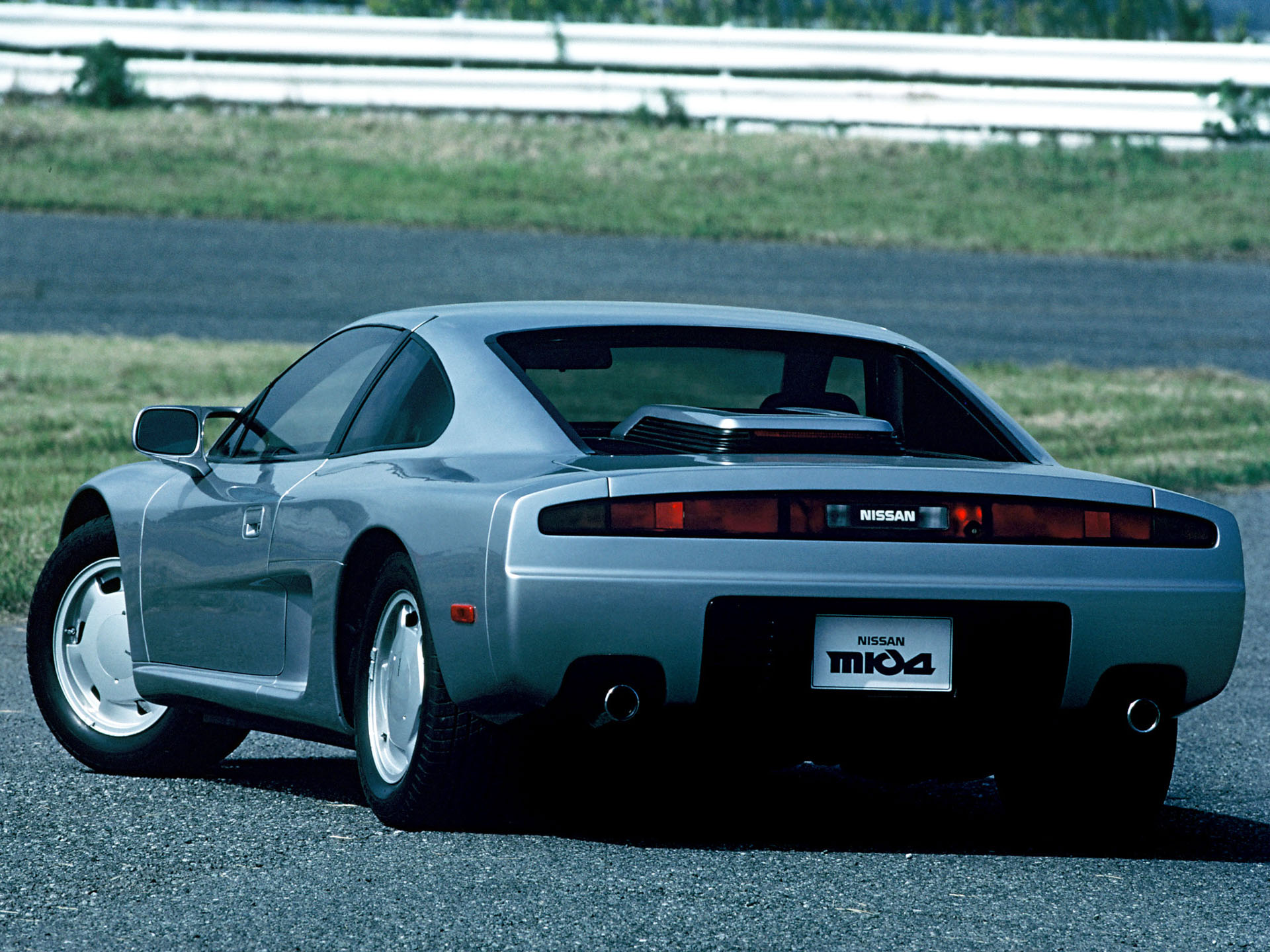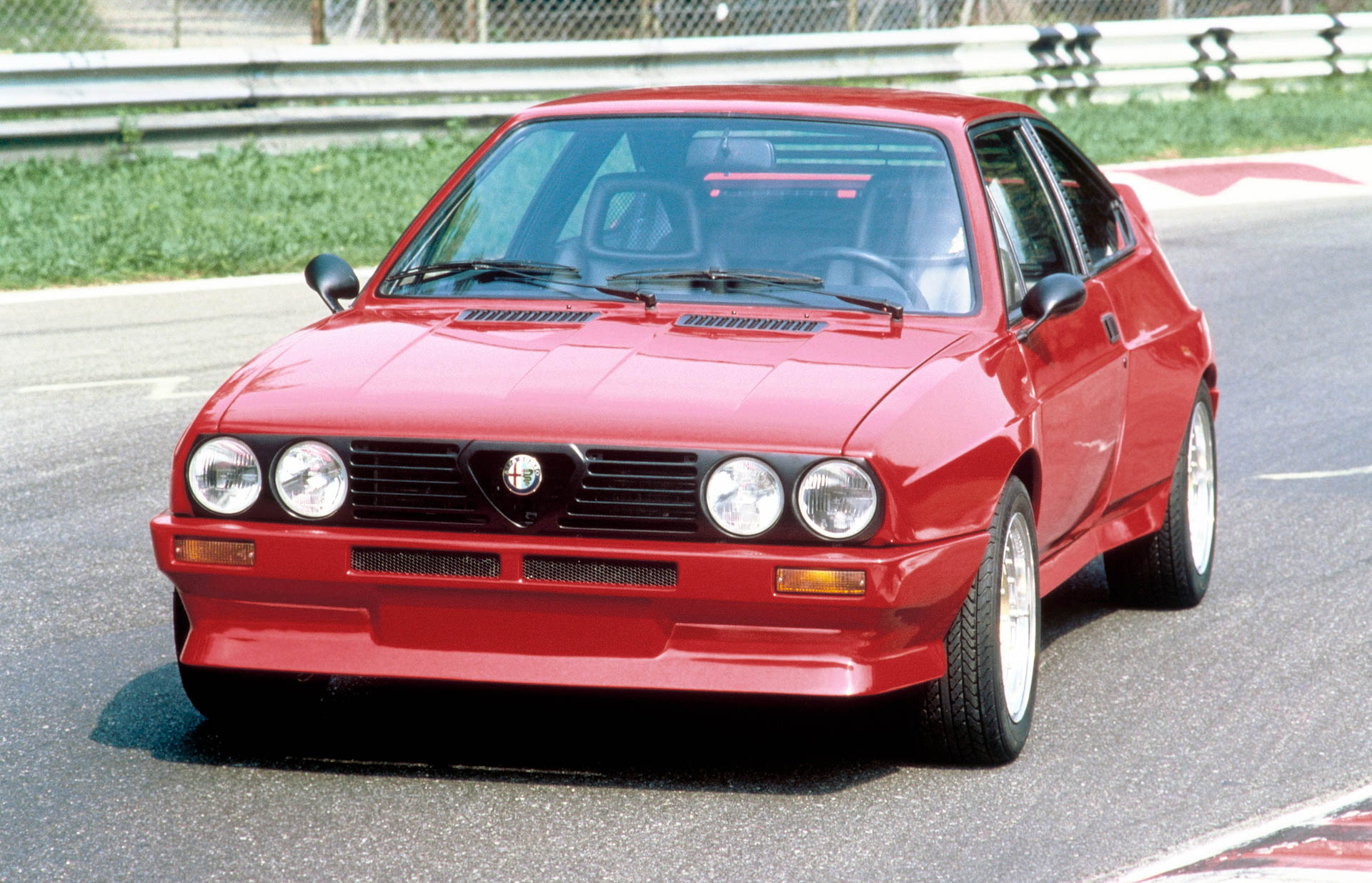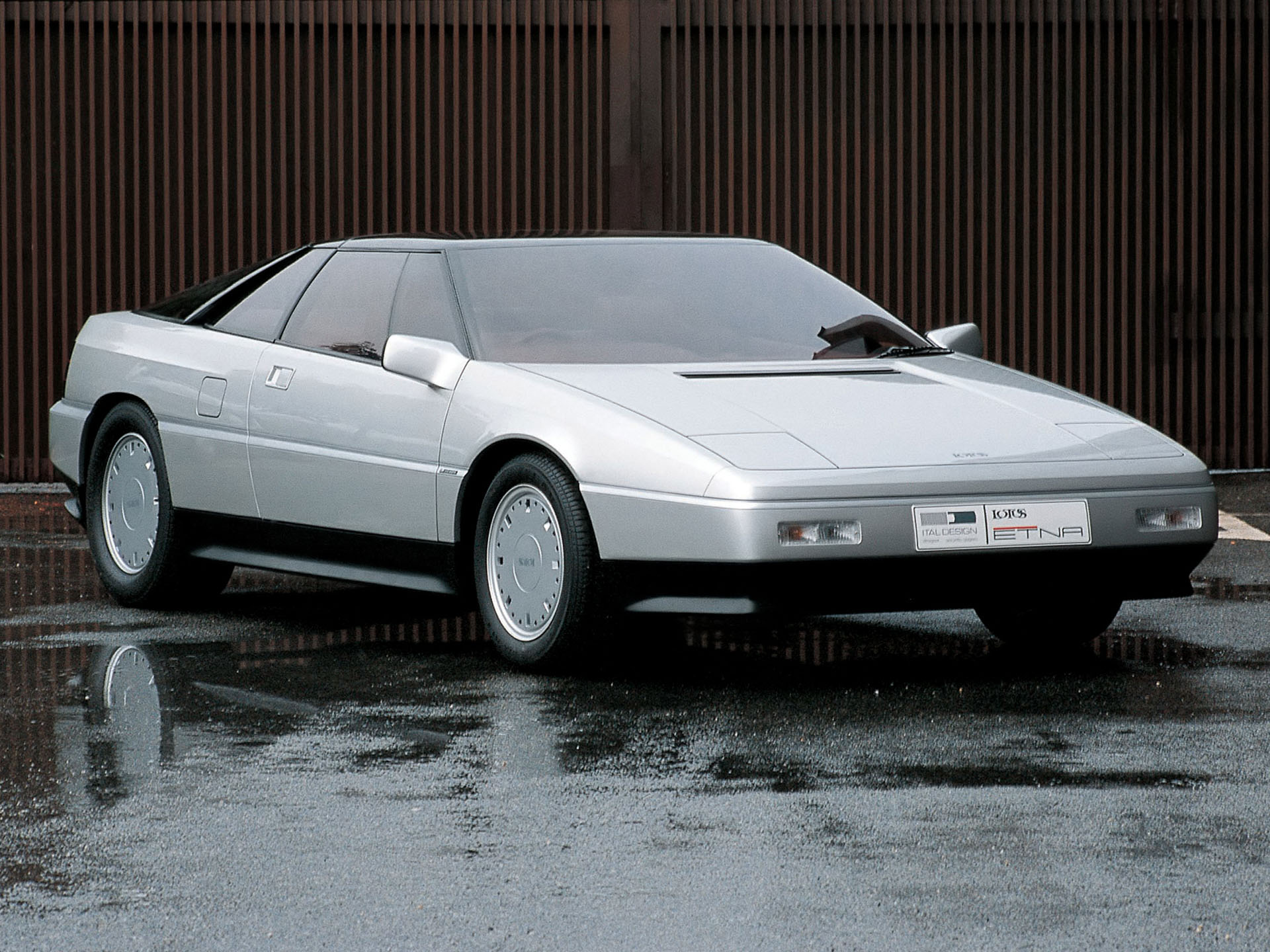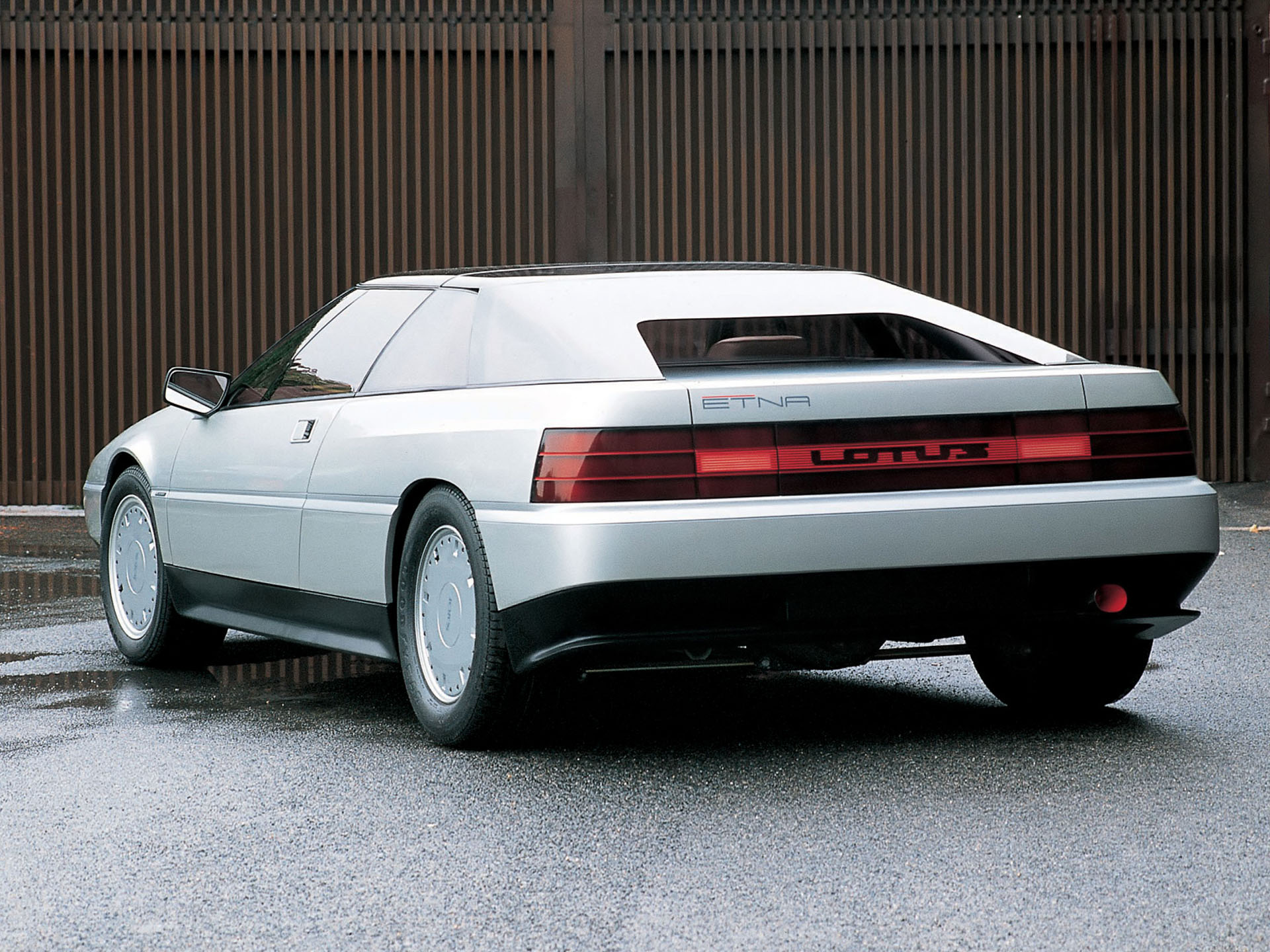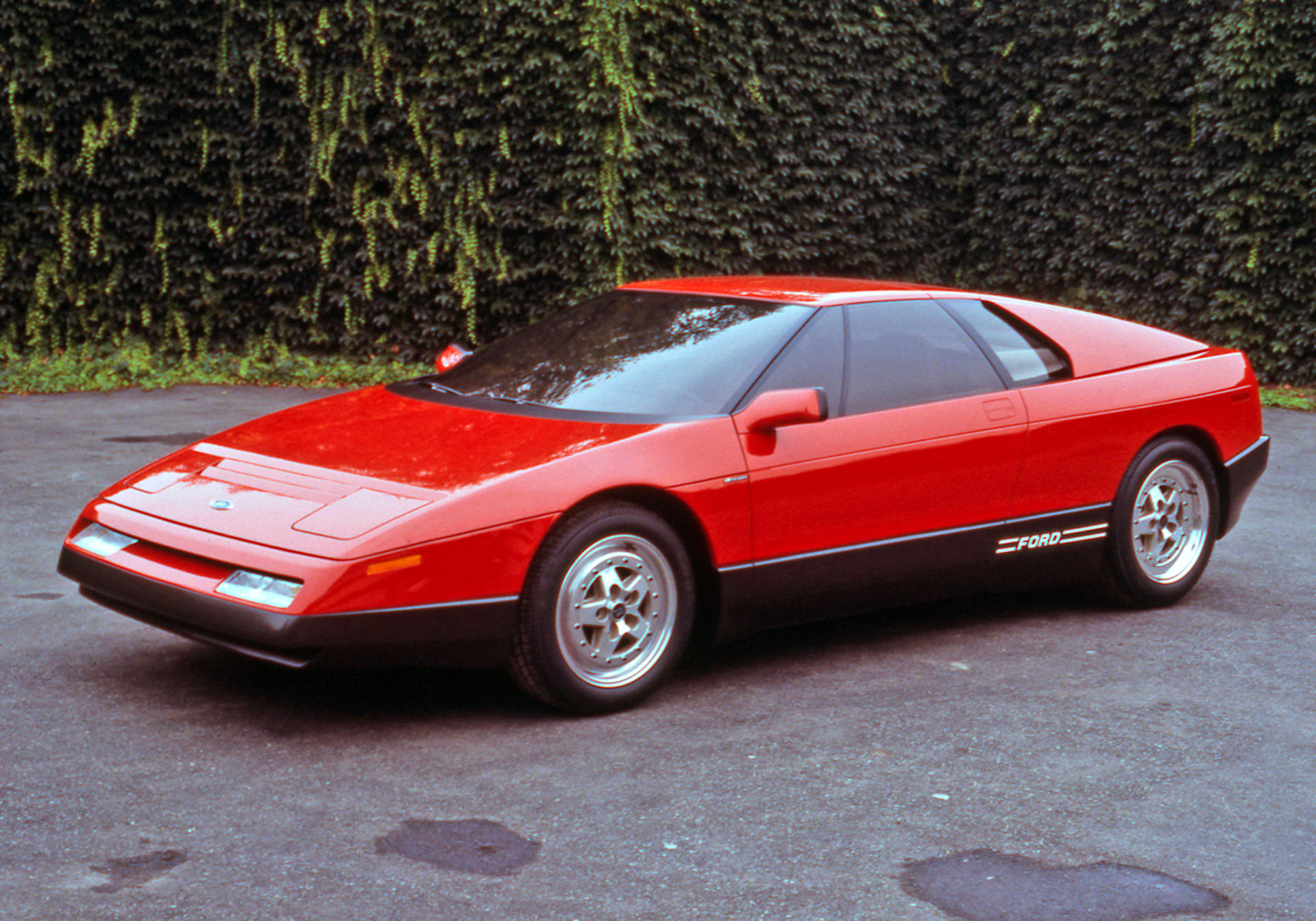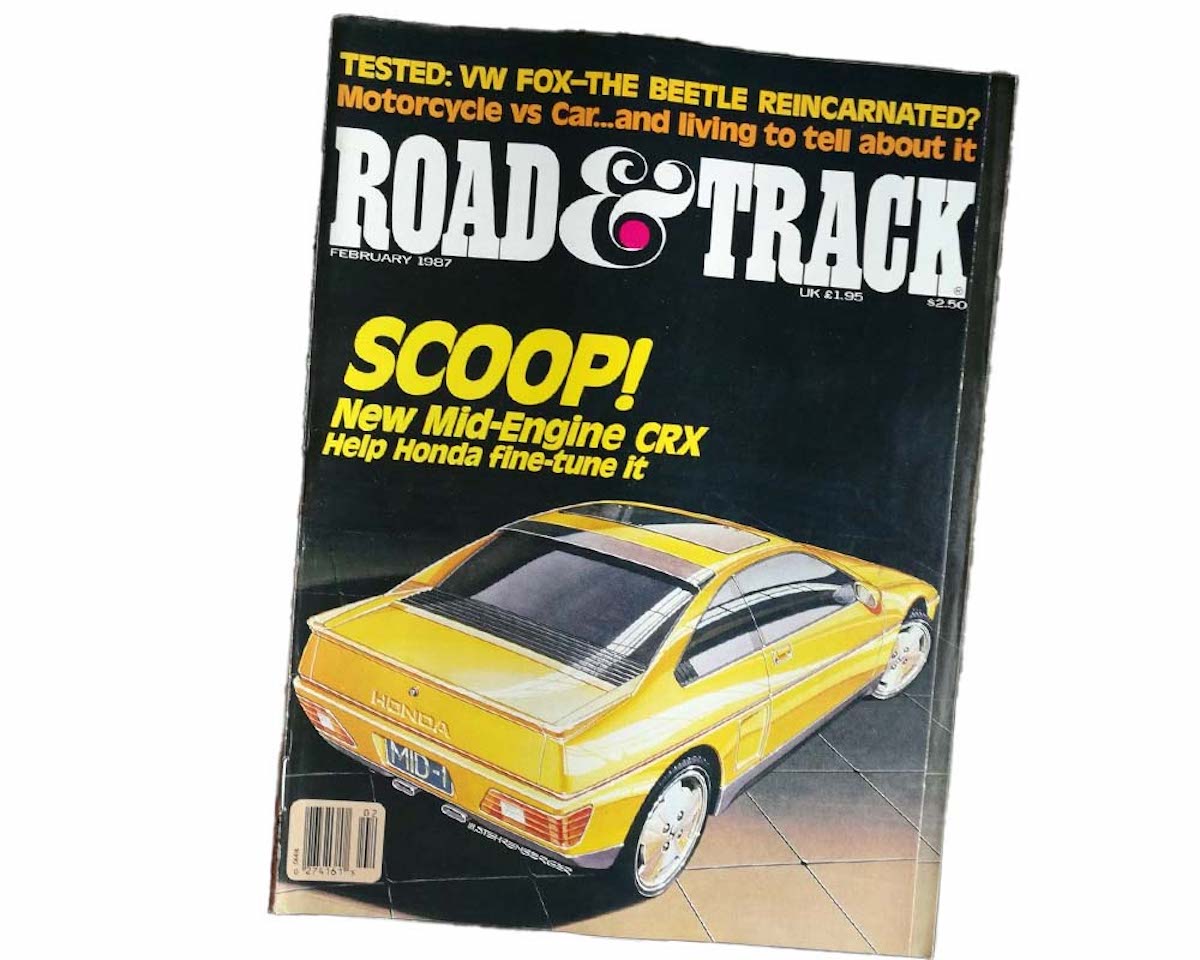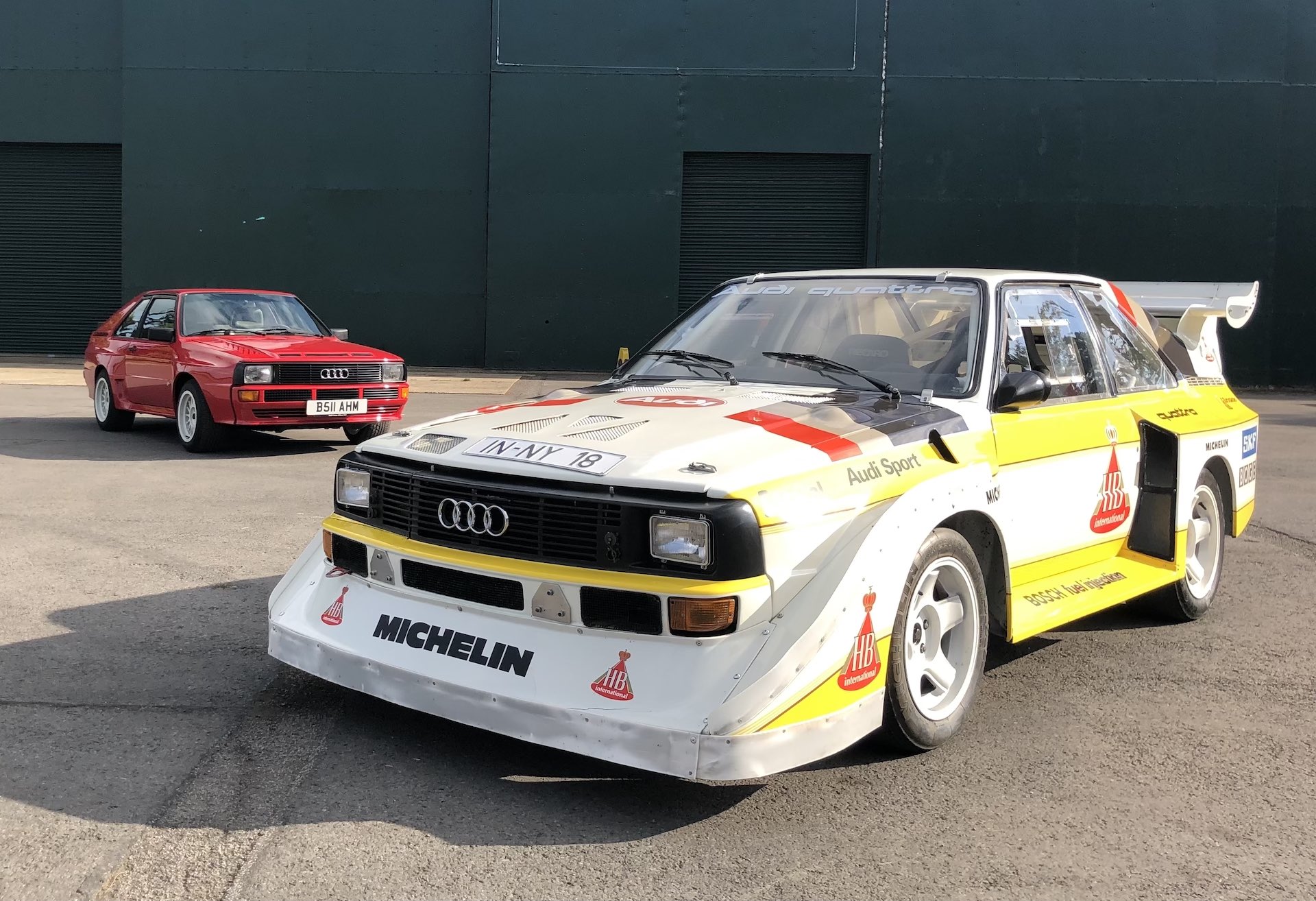From the little Toyota MR2 to the mighty 455 hp Lamborghini Countach QV, there was a mid-engine sports car or supercar for nearly every budget in the 1980s.
Every carmaker seemed to be clamoring to get in on the mid-engined fad. Even Pontiac had a go starting with the Fiero at the beginning of the decade, Honda muscled in on Ferrari’s patch with the NSX at the end of it, and every motorshow seemed to have at least one outlandish mid-engined concept that was destined never to make production.
But while some of those concepts were pure designer’s fantasy, or, like the Corvette Indy, intended to showcase new technologies, others had at least one eye on the showroom floor. They were conceived with production in mind, and had hundreds of man hours and hundreds of thousands of dollars spent on their development before being killed off and having the chance to show the world what they could do.
Here are eight stillborn mid-engined projects that would have made the 1980s really rock.
Nissan MID4
Everyone remembers how Honda shook up the sports car market with the launch of the NSX right at the tail end of the 1980s. But arch rival Nissan very nearly got there first. Unveiled at the 1985 Frankfurt Motor Show, the original MID4 was a mid-engined two-seater with a 242 hp (245 PS) V6, HICAS four-wheel steering, all-wheel drive and, yes, a set of alloys that looked like $10 hubcaps.
Related: The New Nissan Z Sounds Like A Baby GT-R
A sleeker MID4-II, now with marginally less hateful rims and a twin-turbo V6 making 326 hp (330 PS), appeared at Tokyo in 1987, but sadly Nissan decided not to take the project any further. Fortunately, not all of the work was in vain though, as some of the chassis components went into the 1989 Skyline GT-R, and the blown V6 helped make the Z32 Nissan 300ZX a hit.
Alfa Romeo Alfasud Sprint 6C
The little known 6C was inspired by Renault’s bonkers 5 Turbo and the free-and-easy Group B regulations that meant Alfa Romeo could homologate the project by building just a couple of hundred cars. Instead of starting with its already rear-wheel drive GTV, it used the little Sprint, a front-wheel drive coupe based on the Alfasud hatch that looked an awful lot like the Honda CRX that arrived later.
Originally planned to be ready for the 1983 Group B season, the road car would have likely had Alfa’s 158 hp (160 PS) 2.5 liter V6, with the option to expand to 3.0-liters and up to 300 hp in Evolution guise. Sadly, cash-strapped Alfa canned the project before it could prove itself. If you want to read more about the 6C and all the other weird machines from the Group era head over to the excellent Rally Group B Shrine website.
Porche 984
Imagine an MR2 built by Porsche. That, in a nutshell, is what the 984 could have been if cost concerns and the falling dollar hadn’t killed the project off in 1987. Looking remarkably fresh more than three decades later, and featuring a folding hardtop a decade before the Mercedes SLK made the concept popular, the 984 was inspired by an earlier project Porsche had worked on for Seat. The plan was for power to come from a 2.0-liter flat-four engine putting out around 133 hp (135 PS).
Aston Martin Bulldog
Related: Mid-Engined Aston Prototype You’ve Never Heard Of Undergoing Restoration
Aston Martin is best known for its powerful front-engined GT cars, but with the Valhalla, Vanquish and Valkyrie just about ready to launch, it’s heading into battle with Ferrari and Lamborghini. But Aston so nearly had that same battle 40 years ago after it unveiled the Bulldog supercar in spring 1980.
If the program hadn’t been scrapped after just one car was built due to Aston’s endless money problems, we might have had an entirely different view of the brand today. The good news is that car still exists to remind us what might have been, has recently been restored, and is preparing for a crack at the 200 mph (322 km/h) Aston claimed it would do – but never quite proved – back in 1980.
Lotus Etna
Lotus, much like Aston, spent large periods of its life living paycheque to paycheque. Which explains why the Etna never made the jump to the showroom despite showing plenty of promise. Based on the Esprit but clothed in an entirely new body, again by Giorgietto Giugiaro, it was meant to have Lotus’s computer controlled suspension that had caused such a stir in F1, traction control, active noise cancelling and a 335 hp (340 PS) V8 developed from the Esprit’s slant four.
The Etna drew plenty of praise at the 1984 British Motor Show, but by 1986 Lotus was in GM’s hands, and the General killed the project, believing the upcoming FWD Elan to be more pressing. You can read more about the Etna here.
Ford Maya/GN34
Ford battled Ferrari in sports car racing in the 1960s, and did it again in the 21st Century, but less well known is that Uncle Henry very nearly had a pop at Enzo’s road car division in the 1980s. Starting with a Giugiaro-designed concept called the Maya that looked suspiciously like the Lotus Etna (see above), Ford worked up a mid-engined sports car powered by the Taurus SHO’s Yamaha V6 with styling that would have made NSX buyers think twice about giving Honda/Acura their money if it had ever made it to market.
Related: Dan Gurney GT40 Replica From “Ford V Ferrari” Is One You Can Legally Put On The Road
Tragically, Bob Lutz helped stop the GN34 in its tracks before that could happen so that Ford could use the money to build what would become the Explorer SUV. Which probably seemed like a great decision until those Firestone rollover stories started filtering through. Check out The Drive’s excellent story on the GN34’s tortured development process here, or go straight to the horse’s mouth and buy Secret Fords Vol 2 by former Ford insider, Steve Saxty, here.
Honda CRX
Honda rounded out the 1980s with the launch of the NSX, a bold strike into Porsche and Ferrari territory. But according to scoop stories appearing in magazines like Road & Track it was also considering making a play for the affordable end of the mid-engined sports car market dominated by the Toyota MR2.
The fourth-generation Civic lineup that debuted in 1988 was supposed to include a two-seat mid-engined CRX powered by a 1.6-liter DOHC four, and would presumably have gained the VTEC B16 motor a couple of years down the road. Unfortunately, Honda never got around to building it, and the CRX remained the front-wheel drive hatch that we know today.
Audi Quattro
The original Quattro revolutionized rallying, but it had been developed under the old Group 5 regulations and by 1983 a wave of new rivals built to the looser Group B rules were threatening to kick its butt. Chopping the wheelbase to make the more maneuverable Sport Quattro (seen above in both road and rally trim) wasn’t going to be enough: Audi needed a mid-engined Quattro.
So a small team of Audi engineers built one, and got Walter Röhrl to test it, while keeping the whole project secret from VW bosses. Under Group B rules Audi would have had to build 200 examples, meaning the public would have been able to by a mid-engined Audi nearly 25 years before the R8 rocked up.
But when the VW board found out after a scoop photo appeared in an Austrian magazine it was fuming. The worry was that if the public says that Audi had needed to develop a mid-engined Quattro to stay competitive, the original road going front-engined Quattro coupe would appear less appealing to buyers. VW demanded the project be scrapped and the cars destroyed.
That wasn’t quite the end of the story though. When Group B was banned in 1986 after several tragic accidents, it was supposed to be replaced by Group S, and Audi once again prepared a mid-engined car (the RS 002, seen above) for an assault on the WRC title. But Group S never happened, and neither did the RS 002, though thankfully Audi had the foresight to preserve the one surviving car that is confirmed to exist.
Which of these 1980s mid-engined not-quite heroes do you think would have changed the automotive landscape the most? Leave a comment and let us know.




